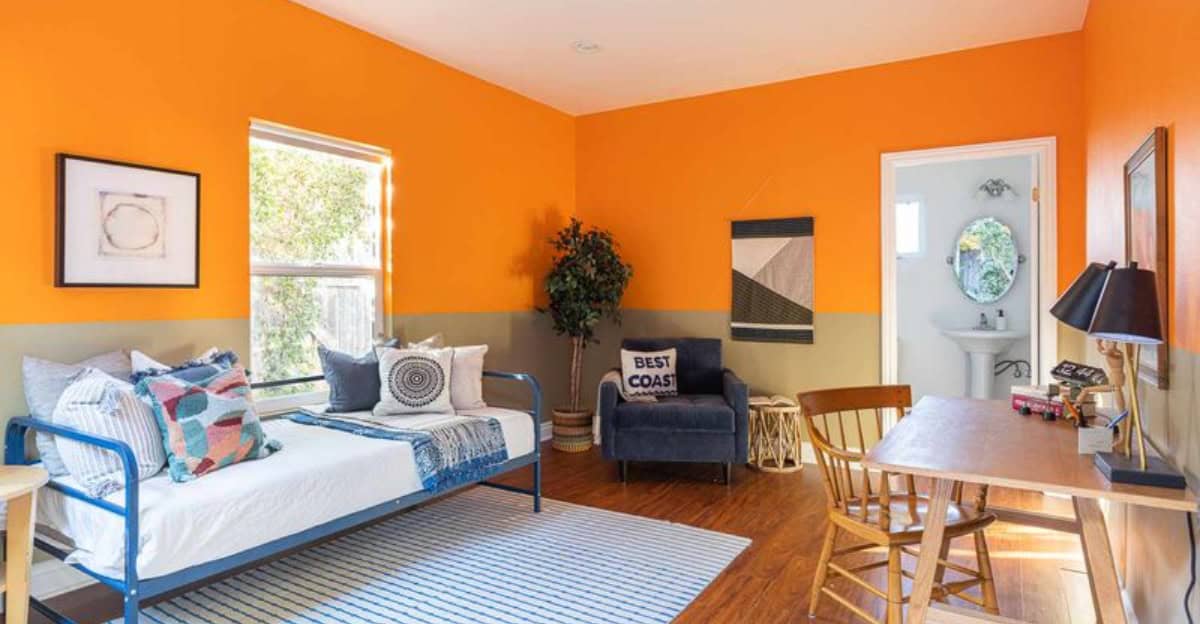Creating a welcoming home is essential to ensure guests feel comfortable and at ease. However, certain design choices can inadvertently make a space feel uninviting and cold.
Here, we explore 10 common design sins that can send guests running for the door, offering insights into how to create a more inviting atmosphere.
Whether you’re hosting a casual get-together or a formal dinner, avoiding these pitfalls can make all the difference in the way your home is perceived.
1. Cluttered Spaces
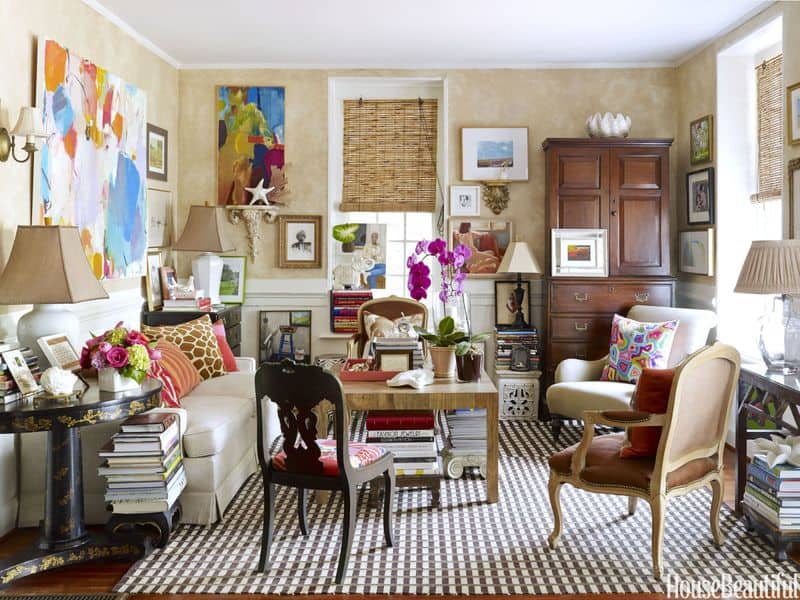
A cluttered space can create a sense of chaos and overwhelm guests as they enter your home. Too many items scattered around can make it difficult for guests to relax and feel comfortable.
Consider organizing and decluttering regularly, ensuring that surfaces are clear and items are stored away neatly.
This not only enhances the aesthetic appeal of your home but also makes it easier for guests to navigate the space.
Implementing storage solutions, such as baskets and shelves, can help keep clutter at bay and create a more welcoming environment.
2. Harsh Lighting
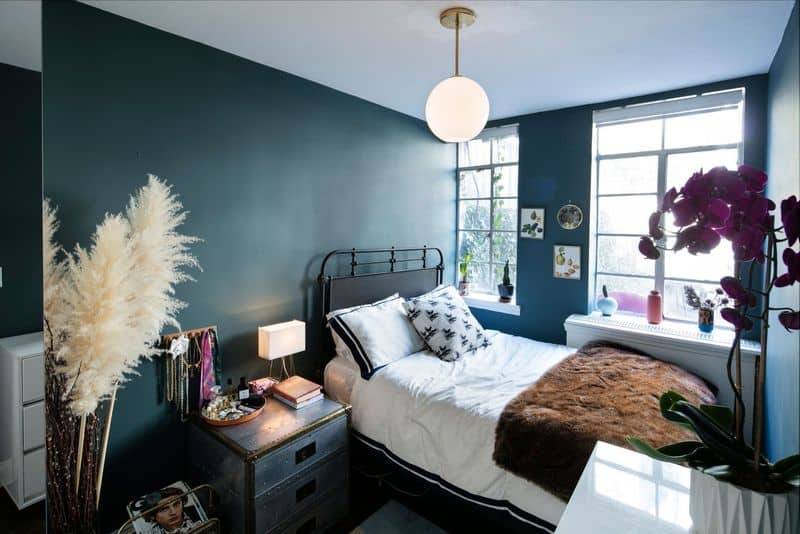
Lighting plays a significant role in setting the mood of a room. Harsh lighting can create an uninviting atmosphere, making guests feel uncomfortable.
Instead, opt for softer lighting options, such as lamps with warm bulbs or dimmable overhead lights, to create a cozy ambiance.
Experimenting with different light sources can help find the perfect balance.
Candlelight, fairy lights, or strategically placed lamps can add warmth and charm, transforming a stark space into a welcoming haven.
3. Uncomfortable Furniture
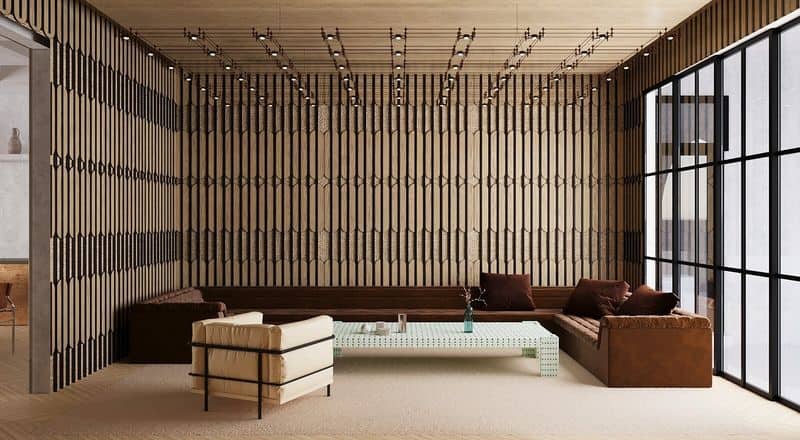
Uncomfortable furniture can discourage guests from lingering and enjoying their time in your home. Stiff chairs or a hard couch can make relaxation difficult.
Prioritize comfort by selecting furniture that invites guests to sit and stay a while. Soft cushions, plush throws, and ergonomic designs can make a significant difference.
A mix of seating options, such as armchairs and loveseats, can accommodate different preferences and ensure everyone finds a comfortable spot to settle.
4. Overwhelming Colors
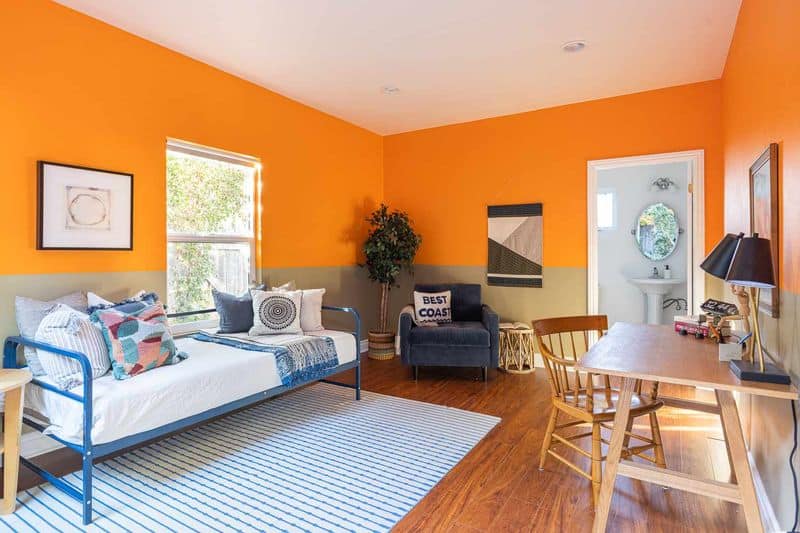
The color scheme of a room can significantly affect its feel. Overwhelming colors can create visual stress and discomfort for guests.
Opt for a more harmonious palette with neutral tones and subtle accents to create a calm and inviting atmosphere. While bold colors can be appealing, they should be used sparingly.
Incorporating calming hues and balancing vibrant elements with neutral ones can prevent a space from feeling chaotic and ensure guests feel at ease.
5. Lack of Personal Touch
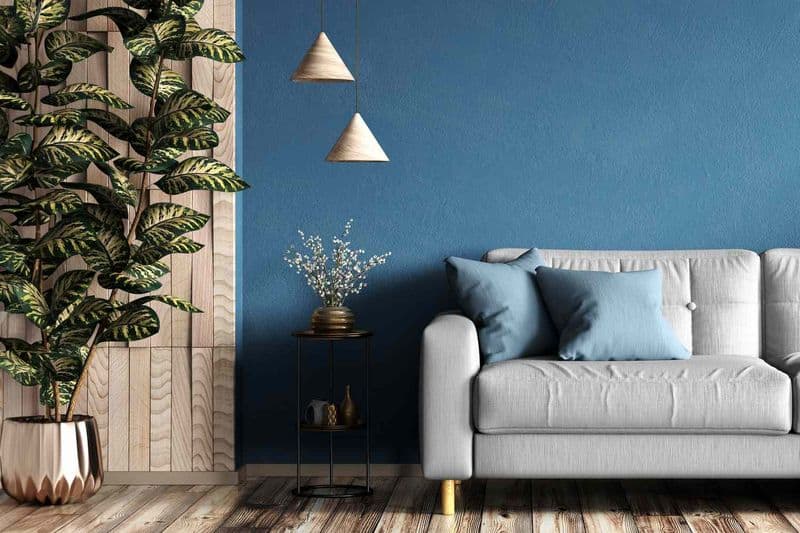
A lack of personal touches can make a space feel cold and unwelcoming. Without personal elements like family photos or unique artwork, a home may seem impersonal.
Adding personal items can make a home feel lived-in and inviting. Displaying travel souvenirs, cherished keepsakes, or family portraits can add warmth.
Personal touches reflect your personality and create a connection with guests, making them feel more comfortable and welcomed in your home.
6. Unpleasant Odors
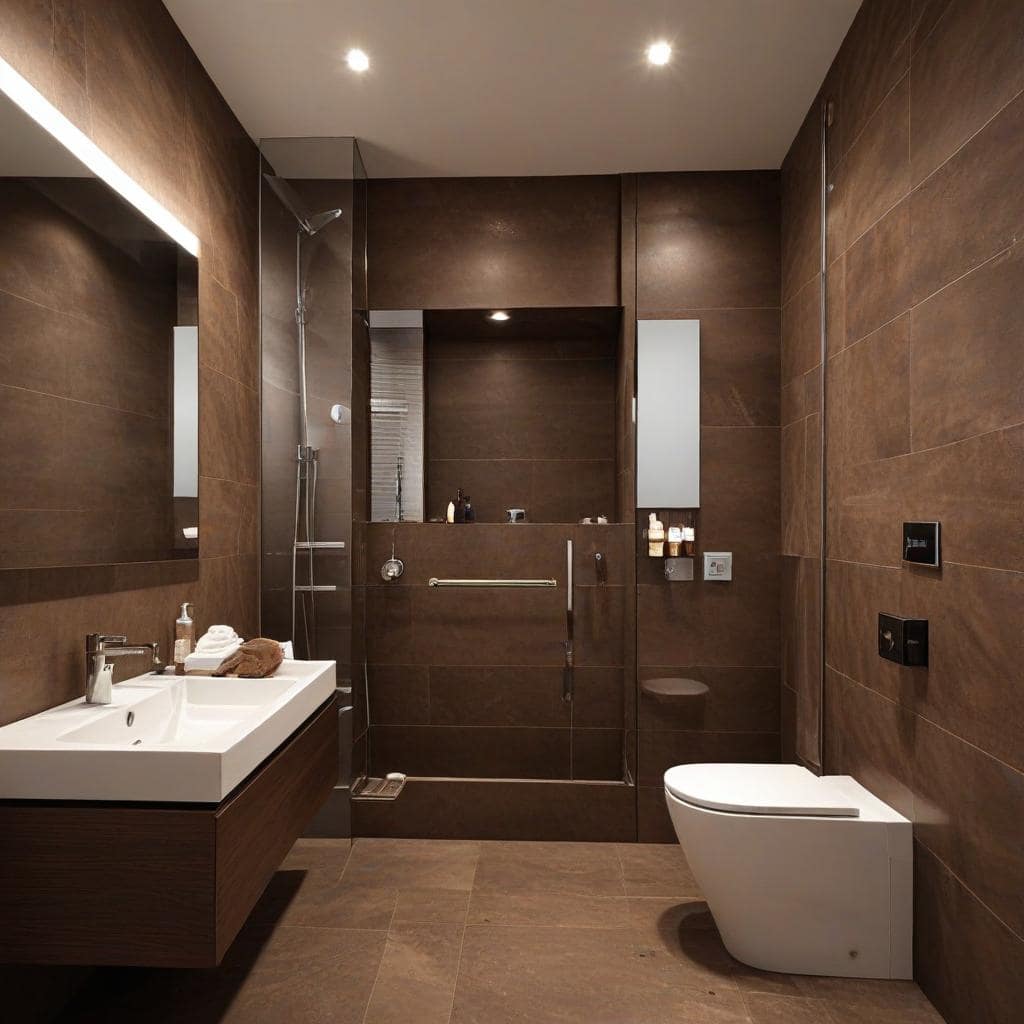
Unpleasant odors can quickly make a home uninviting. Lingering cooking smells or stale air can be off-putting to guests.
Ensuring proper ventilation and using air fresheners or natural scents like essential oils can help maintain a pleasant atmosphere. Regular cleaning and airing out rooms can prevent odors from lingering.
A home that smells fresh and clean is more likely to appeal to guests and make them feel comfortable and welcome.
7. Lack of Seating
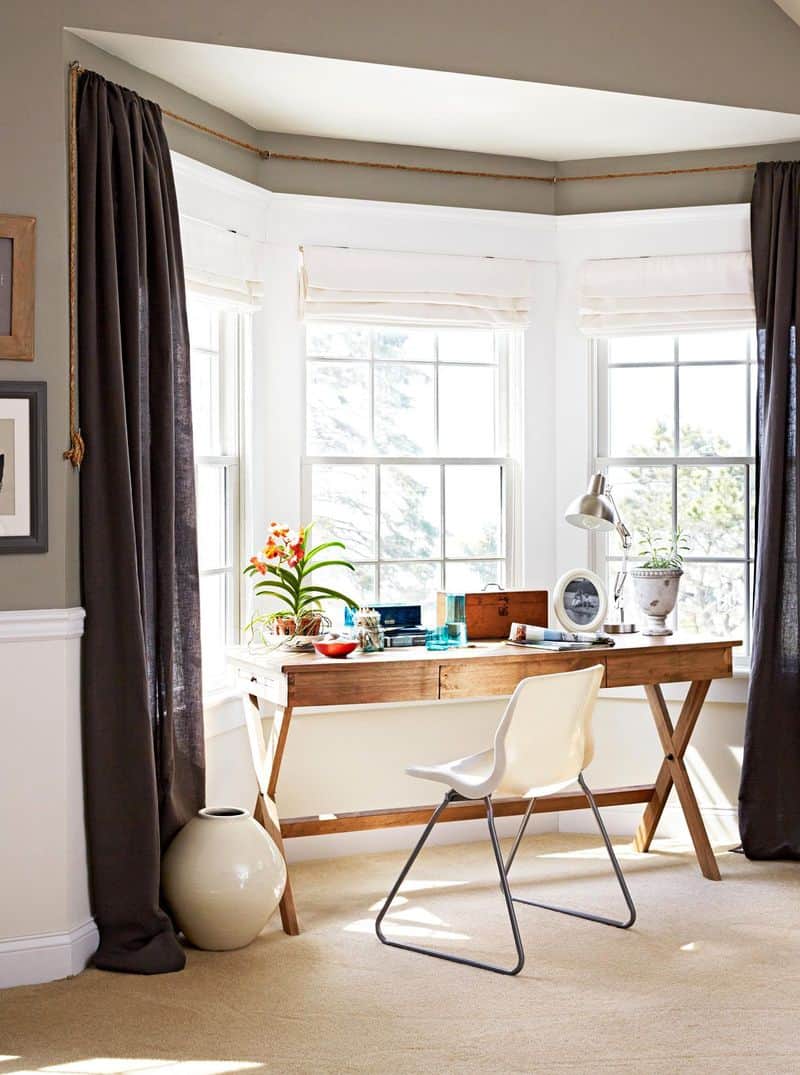
A lack of seating can make guests feel unwelcome as they struggle to find a place to sit. Insufficient seating can hinder social interactions.
Ensure there are enough seats for everyone by incorporating a variety of seating options like chairs, sofas, and stools.
Flexibility in seating arrangements allows for adaptability during gatherings, ensuring all guests have a comfortable place to sit and join the conversation.
8. Inaccessible Wi-Fi

In today’s connected world, inaccessible Wi-Fi can be a source of frustration for guests. If they cannot connect easily, it may lead to discomfort.
Providing easy access to Wi-Fi passwords can enhance the guest experience, ensuring they feel connected and at ease.
Consider placing a small card with network details in common areas, so guests can easily find information without needing to ask.
9. Poor Temperature Control
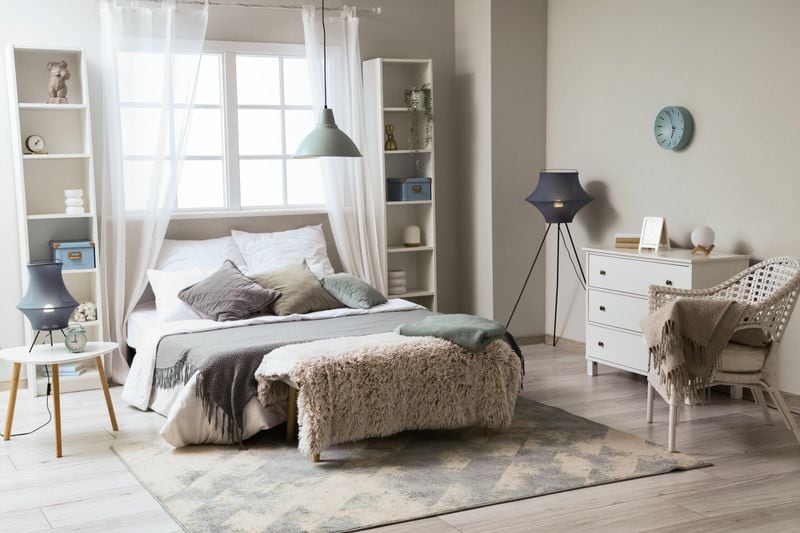
Temperature plays a crucial role in comfort. A room that’s too hot or too cold can make guests uncomfortable.
Invest in a reliable HVAC system and consider providing additional amenities like fans or heaters to adjust the temperature as needed.
Monitoring and adjusting the room’s climate to suit the preferences of your guests can make a significant difference in their overall comfort and enjoyment.
10. Neglected Outdoor Spaces
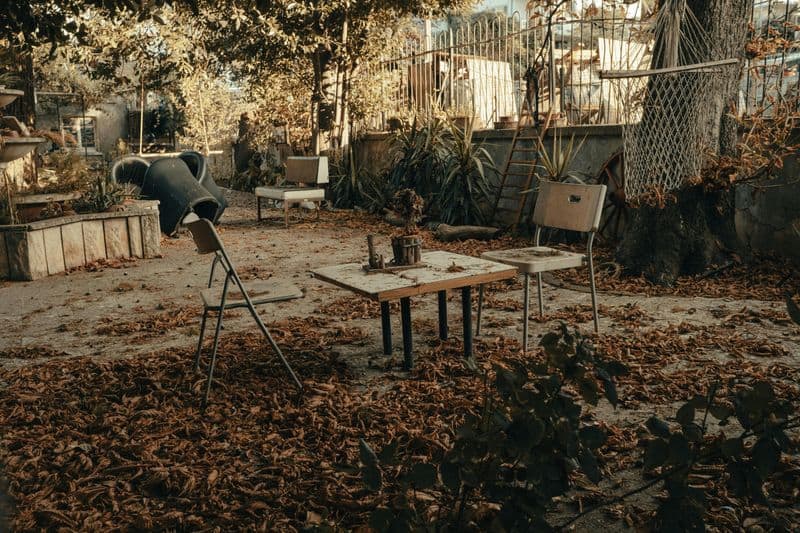
Outdoor spaces are an extension of your home, but neglecting them can create an uninviting impression. Overgrown gardens and untidy patios can deter guests from enjoying outdoor areas.
Regular maintenance, such as mowing the lawn and cleaning outdoor furniture, can enhance the appeal of these spaces.
Adding lighting and comfortable seating can transform a neglected garden into a welcoming retreat, offering guests a pleasant outdoor experience.

